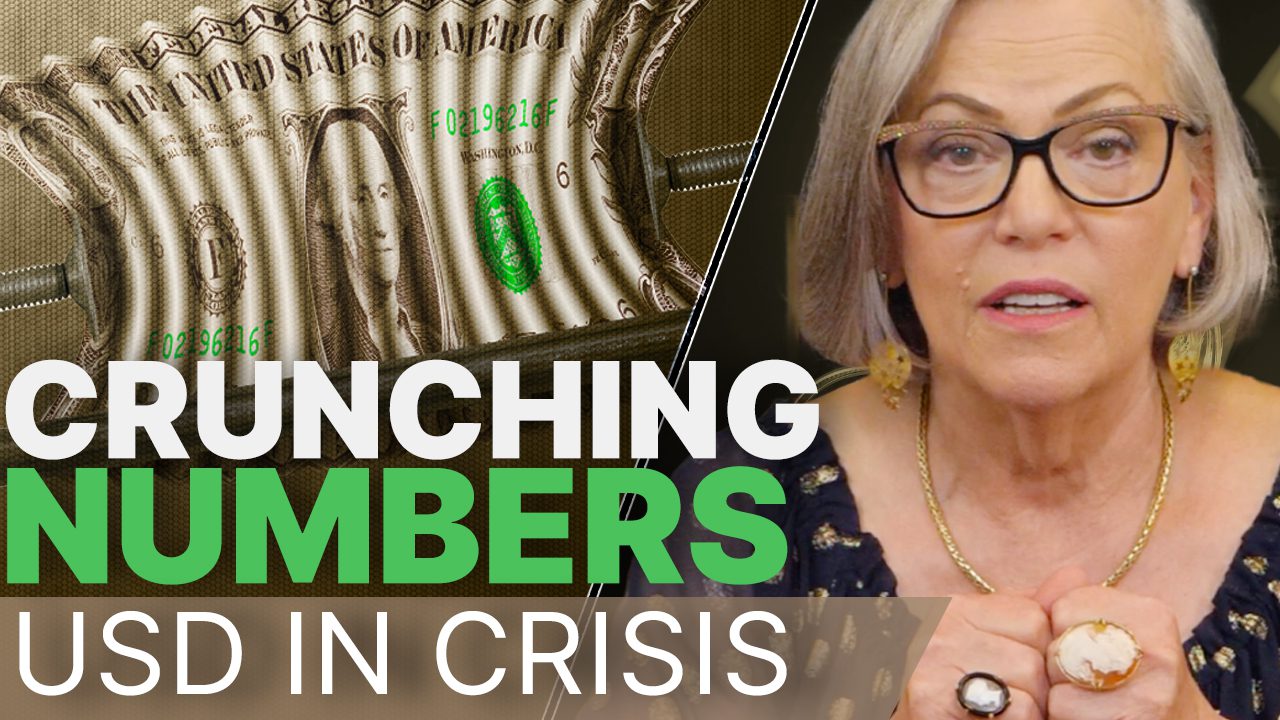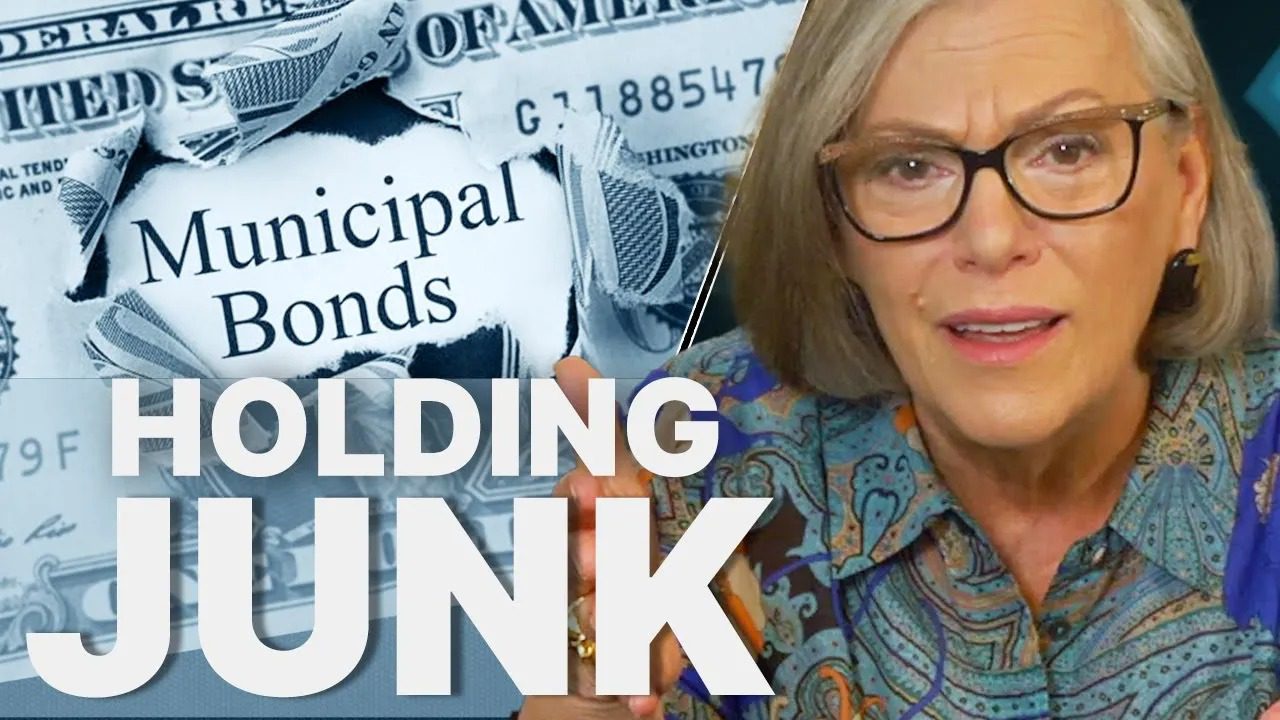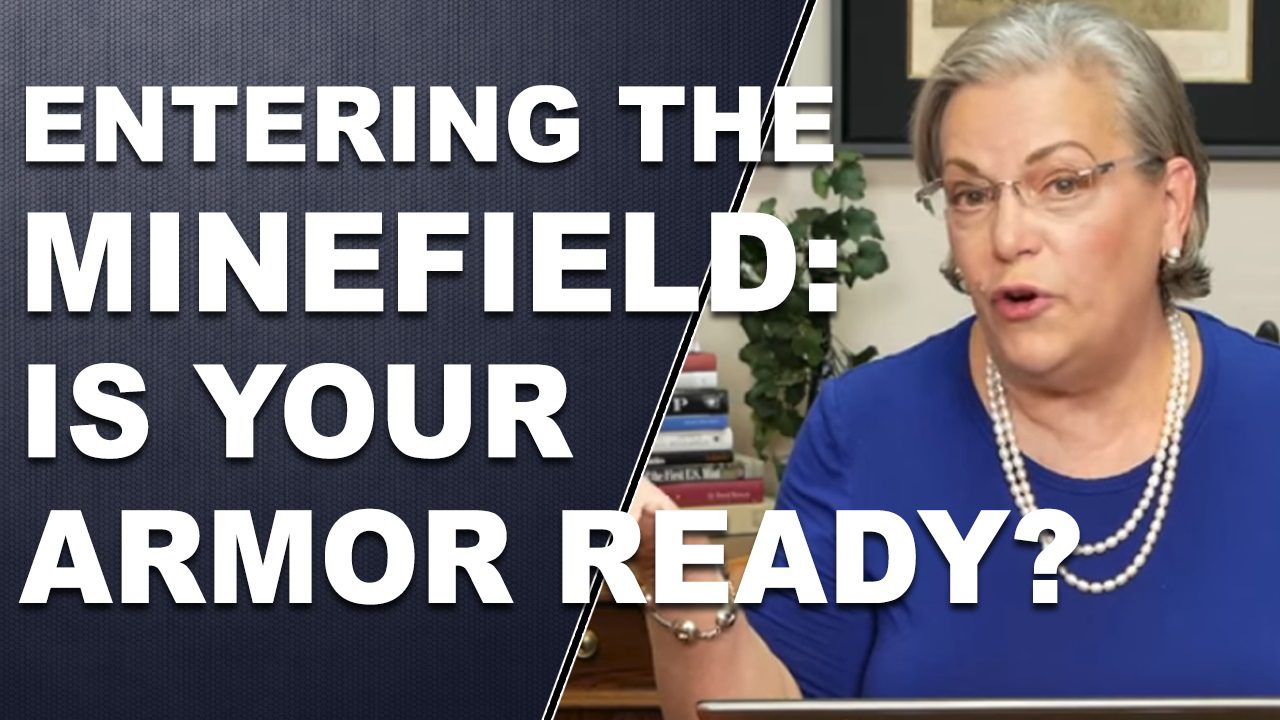How Are Prices Determined By Professional Coin Grading Services

How Are Prices Determined By Professional Coin Grading Services
The grade of a coin is an important factor that helps determine its value. The process by which the state or condition of a coin is assessed is known as coin grading. Grades are assigned to coins depending upon the extent of wear and tear they have undergone. Gold coins with higher grades are more pleasing in appearance and command a higher market price than those with lower grades. The 70-point Sheldon Scale is used as the standard grading system by most coin graders. Its lowest grade is P-1 and highest grade is MS-70.
Evaluation Of Coins
In general, the basic factors that are considered for evaluating a coin include marks, luster, strike and overall appeal. Marks are tiny lines and scratches on the surface of a coin. There are certain grade-sensitive areas, such as the Liberty’s cheek in a US coin, which if found with marks adversely affects a gold coin’s value. Luster implies the texture, surface and polish of a coin. Also, a coin is said to have a weak strike if its design is not clearly visible. The last component – overall appeal – relates to how visually appealing a coin is.
Determining the Price Of Coins
Professional coin grading services calculate the price of coins by measuring three critical factors – rarity, demand and coin grade. The rarity factor of a coin is determined through several scales like the Sheldon rarity scale and the Universal rarity scale. Authenticators also look for population rarity, which tells the number of times a particular grade has been assigned to a particular coin. Demand is another price deciding factor of a coin. The price or value of a coin is more if demand outstrips supply.
The price of a coin is also dependent upon its grade. Coins are graded on the basis of their rarity, quality, interest factor, liquidity and bullion value. The interest factor indicates the desirability of a particular coin or variety. Varieties with a high interest factor are relatively high in demand and are priced higher than varieties with a low interest factor. Liquidity implies the ease with which a coin or variety sells in the market. The bullion value of a coin is also considered while evaluating a coin’s grade. It is the commercial price of the gold or silver content of a coin.













